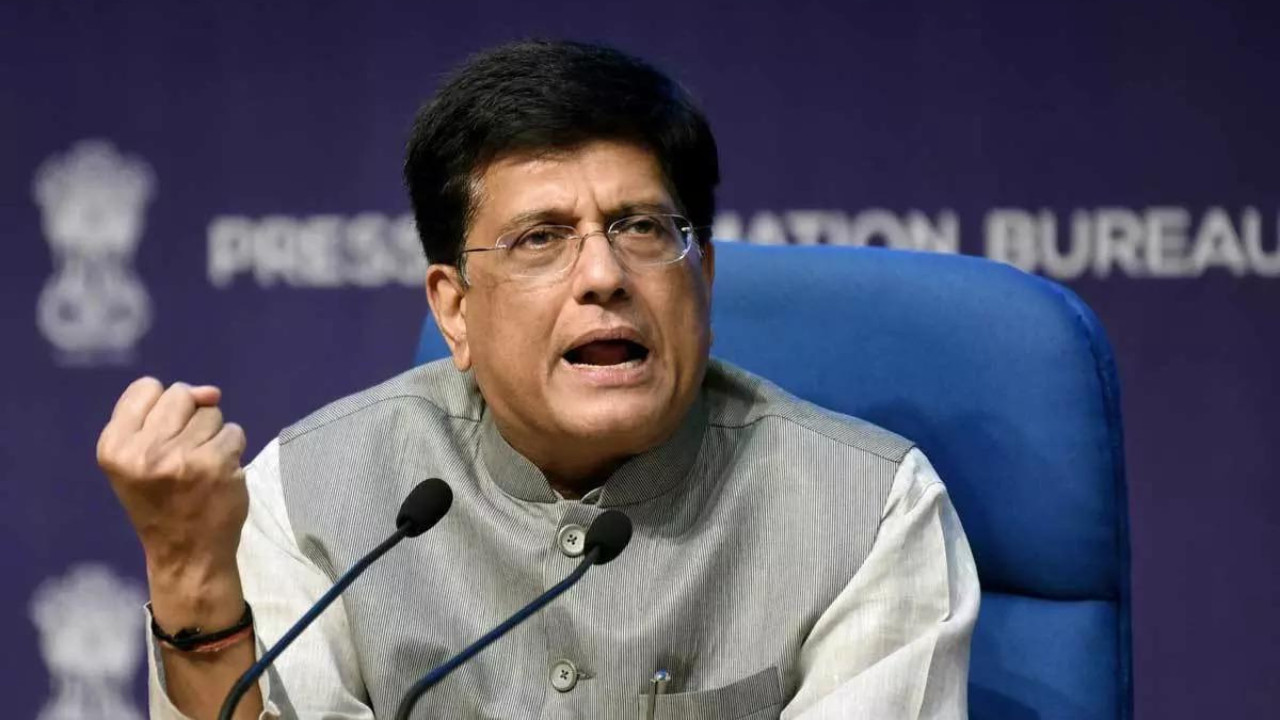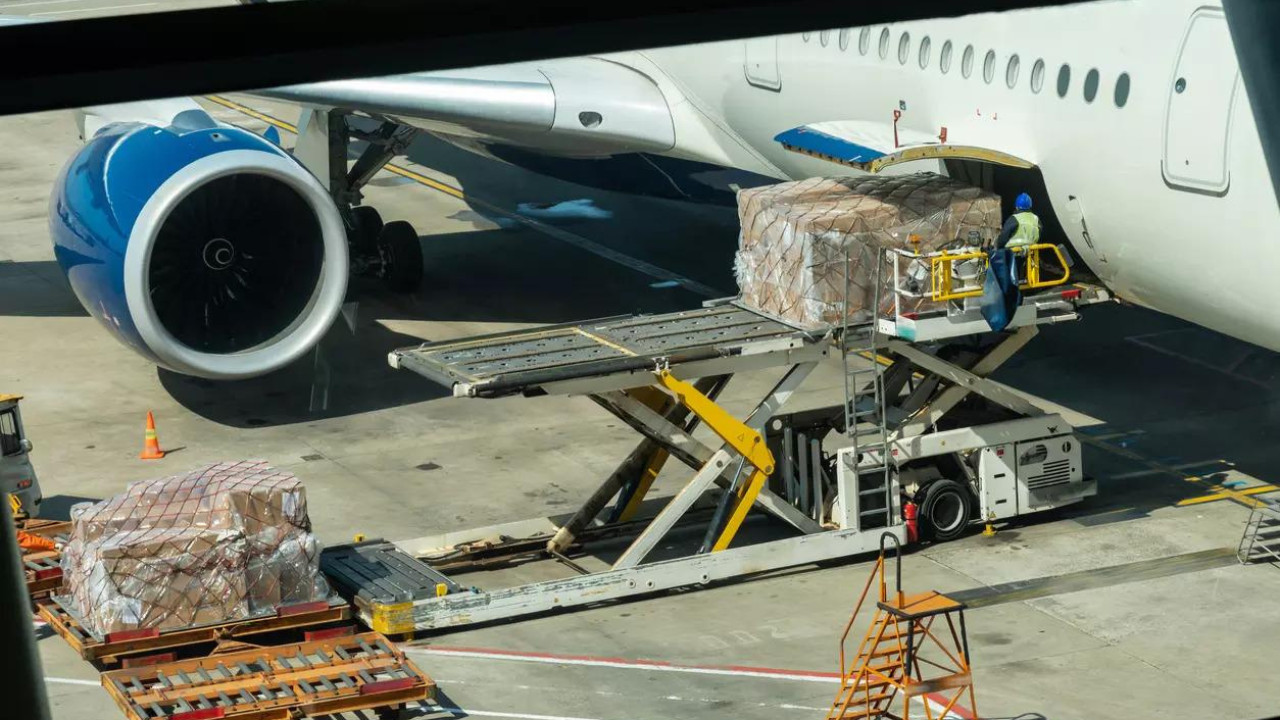Piyush Goyal urged Indian businesses to explore global opportunities, noting the domestic market’s comfort zone. He dismissed negative narratives, highlighting the 7.8% GDP growth and resilience against US tariffs. Goyal encouraged value addition and government support, while the UAE affirmed strong India partnership amidst global trade shifts.
Time to Shake Things Up: Why India Needs to Conquer the Global Market
For years, India has been touted as a sleeping giant, a nation brimming with potential waiting to explode onto the world stage. But is that potential truly being realized, or has India Inc. become a little too comfortable within the familiar confines of its massive domestic market? Recent comments from Commerce and Industry Minister Piyush Goyal suggest the latter, and it’s a wake-up call that deserves serious attention.
Goyal, speaking candidly, essentially argued that many Indian businesses are content serving the enormous 1.4 billion-strong domestic market, becoming complacent instead of actively pursuing global opportunities. He pointed to the potential pitfalls of relying too heavily on this internal demand, particularly in a rapidly changing global landscape where protectionist measures, like increased US tariffs, are becoming increasingly common.
The message is clear: India needs to aggressively pursue export markets. The “comfortable” status quo, while providing steady returns for some, isn’t sustainable in the long run.
Beyond the Comfort Zone: Embracing Global Competition
The Indian market is undeniably large and growing, but solely focusing on it limits innovation and growth. Competing on a global scale forces companies to become more efficient, more innovative, and more customer-focused. It’s a baptism by fire that refines businesses and ultimately makes them stronger.

Think about it: when forced to compete with the best in the world, companies must invest in cutting-edge technology, streamline their processes, and develop products that meet international standards. This drive for excellence benefits not only the export market but also trickles down to improve the quality and competitiveness of products available for domestic consumers.
Furthermore, a diversified export portfolio reduces reliance on any single market. The recent surge in US tariffs, highlighted by Goyal, serves as a stark reminder of the vulnerabilities of being overly dependent on specific trade relationships. Spreading risk across multiple countries provides a crucial buffer against economic shocks and geopolitical instability.
Navigating the Tariff Maze: A Strategic Approach
The rise of protectionism isn’t something to be ignored. It requires a smart, strategic response. For India, this means not just seeking free trade agreements (FTAs) – although these remain important – but also actively diversifying its export destinations and product offerings.
Instead of solely focusing on traditional export sectors, India needs to identify and cultivate emerging industries with high growth potential. Think renewable energy, advanced manufacturing, and technology-driven services. This requires government support in the form of targeted incentives, infrastructure development, and skills training to equip Indian businesses with the tools they need to compete globally.
Moreover, proactive diplomacy is essential to navigate the complex world of international trade. Engaging with trading partners to address concerns and negotiate mutually beneficial agreements is crucial to mitigating the impact of protectionist measures. India’s recent trade deals with countries like Australia and the UAE are steps in the right direction, showcasing a commitment to expanding its global footprint. Learn more about [India’s economic growth trajectory](./india-growth).
India’s Export Opportunity: A Call to Action
Minister Goyal’s comments aren’t just a critique; they are a call to action. They urge Indian businesses to shed their risk aversion and embrace the challenges of the global marketplace. This means investing in market research, building strong international partnerships, and adapting products and services to meet the specific needs of different markets.
The government also has a vital role to play. It needs to create a supportive ecosystem that encourages exports, simplifies regulations, and provides access to financing for businesses looking to expand their global operations. This includes streamlining customs procedures, reducing bureaucratic hurdles, and promoting Indian brands on the international stage.
Ultimately, the success of India’s export ambitions hinges on a collaborative effort between the government and the private sector. It requires a shared vision, a commitment to innovation, and a willingness to embrace change. The potential rewards – economic growth, job creation, and a stronger global presence – are too significant to ignore. It’s time for India Inc. to step out of its comfort zone and conquer the world.
In conclusion, India stands at a critical juncture. While the domestic market offers a tempting haven, sustained and robust growth necessitates a bolder, more outward-looking approach. Diversifying export destinations, embracing innovation, and navigating the complexities of global trade are essential to securing India’s economic future and realizing its full potential on the world stage.







